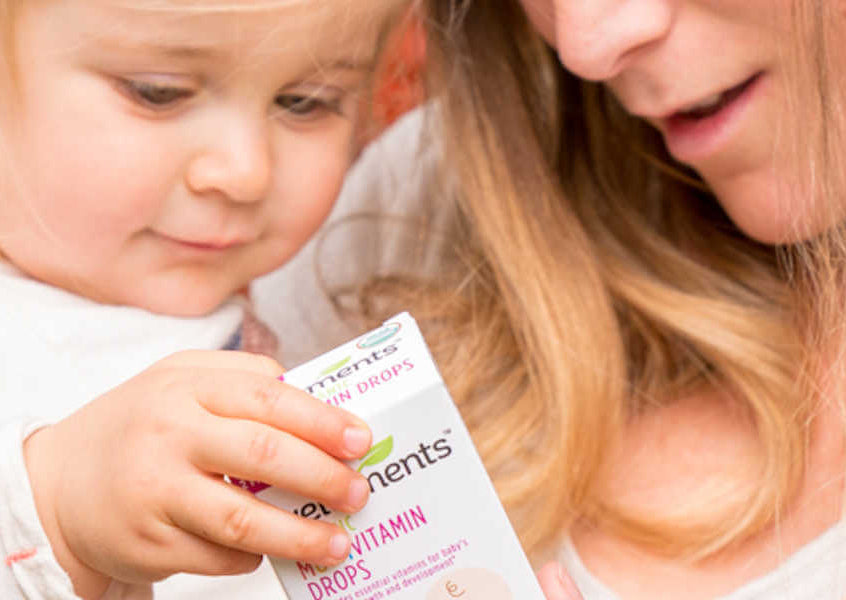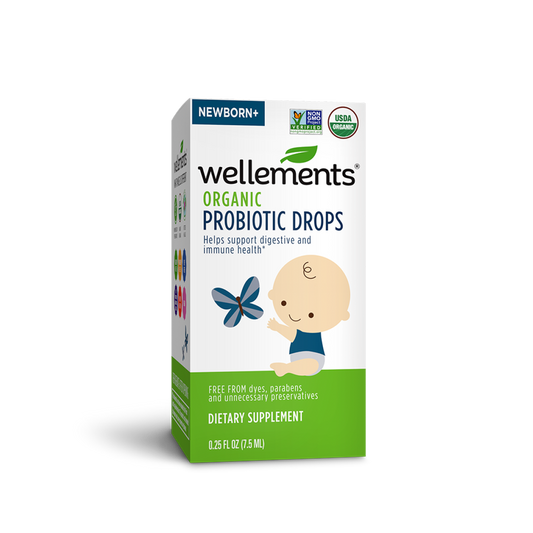Be Careful with Preservatives and Your Baby
| updated:Share

Preservatives are a touchy thing when it comes to your baby. It can be a pain to check the labels of everything and always make sure you’re buying preservative-free products, but the long-term health benefits make the extra effort worth it.
So why are preservatives so bad, anyway? What it means when “preservatives” (or any one of the various chemicals used to make preservatives) shows up under the ingredients list on packaged food, is that that food has been treated with chemicals to extend the shelf life of that product. Sure, the idea of food lasting longer sounds great, but at what cost?
Negative effects of preservatives
The chemicals used to preserve ingredients found in baby food and consumable baby products have shown to have adverse effects, which is why creating organic products is such a priority to us. It’s hard enough for an adult’s system to rid the body of toxins, and it’s even more difficult for babies and children. On top of that, there’s a whole other list of issues that can arise from preservatives, which is why we’re so passionate about staying away from them. Other negative effects:
- Allergic reactions
- Headaches
- Heart palpitations
- Cancer
- Behavioral changes
- Breathing issues (asthma)
How to avoid preservatives in your family’s products and food
The absolute number one thing you can do to protect your family from preservatives is to buy certified organic products and food. Choosing organic should not only be reserved for the produce section. Anytime you have the opportunity to buy a product that’s organic, try to do so.
Another thing you can do is check ingredient labels. As mentioned above, it can be a pain to always have to do this, but it’s worth the effort to keep preservatives out of the products your family is consuming. Even if you don’t see the word “preservative” keep an eye out for the following chemicals:
- Sodium benzoate
- Sodium nitrate
- BHT
- BHA
- Propyl gallate
- Sorbic acid
- Benzoic acid
- Calcium propionate
- Disodium EDTA
- Potassium Sorbate
3.8 /
5.0
(118)
118
total reviews
Probiotic Drops
Sale price
$29.99
And finally, if you do need preserved food, your best bet is to do it yourself at home. Use old-school canning and pickling methods so you can store food throughout the year. Or you can simply steam produce and then freeze it for later use. These fruits and veggies are especially delicious in smoothies, which are a great way to sneak in a nutrient-packed snack. You can even make this into a fun family activity so your kids can learn about chemical-free preservation.
If you’ve ever had questions about preservatives and why you should steer clear of them, hopefully this answered some questions for you. Eliminating them is definitely putting you one step closer to creating a healthy home for you and your family!



